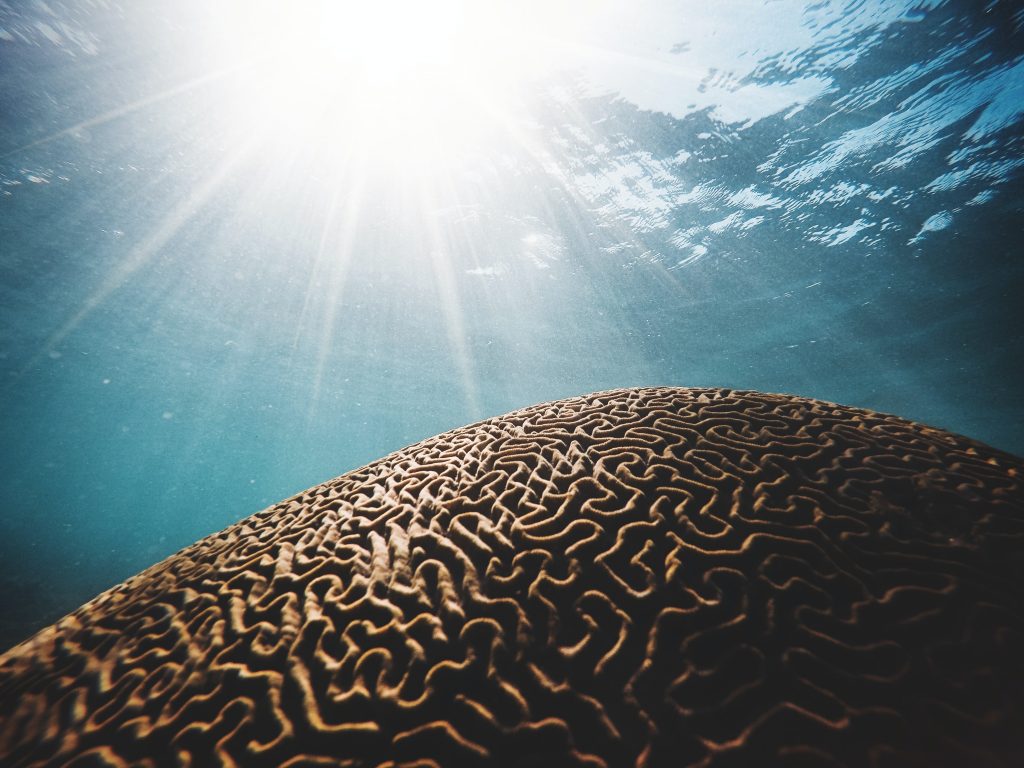An atlas is a collection of maps, often containing different kinds of information about countries, continents, and the world. Would it be possible to create an atlas for the brain? This is not a completely new idea: already over 100 years ago, Korbinian Brodmann created the first map of the brain based on patterns of cells. In the same way you can find atlases of the earth showing different heights, vegetation, roads and connections, so too are researchers now trying to map brain structures, types of cells, and connections across the brain.
Why there are different atlases
The human brain is very complex and there are hundreds of different types of cells which are affected by genes (as are all cells in the body). In addition, brain activity involves both electrical and chemical processes which affect blood flow. There are several initiatives for creating atlases of these processes and functions. For example, the Human Connectome Project (HCP) has mapped out connections across brain regions. The Allen Human Brain Atlas (AHBA) mapped gene-expression across different types of cells in the human brain and is now planning to create an atlas of all the cells in the whole brain. These atlases make it possible for researchers to access data that would otherwise be out of their reach. For example, I have been able to use the gene-expression (how information in genes are translated into functions) data from AHBA to combine gene-expression information with MRI (magnetic resonance imaging) data from my own projects.
How brain atlases have been useful
Thanks to these atlases, it is now easier than ever to investigate links between many different types of functions and structures. A major benefit of these atlases is that it helps us understand in great detail how the brain works in healthy people and that makes it possible to compare how this is different in disease. For example, there is now a project comparing how cells change in Alzheimers, which is very useful for developing better medications. These large-scale atlas initiatives have also led to technological developments: the HCP led to several developments of better MR-techniques. For example, functional MR-imaging sequences called ‘multi-band’ sequences (imaging multiple ‘slices’ of the brain at the same time) were developed during this project, which is now a globally preferred method as it is both faster and can capture more detail than what was available before.
The future of brain atlases – can one cover it all?
So, would it be possible to create a complete map of the brain, covering everything from gene-expression, cell-types, structures, connections, functioning, to concentrations of neurotransmitters?
I think the answer is: not yet. Getting all this information is really challenging. Imagine having an atlas like this of the world; all the rocks, plants and animals, the cells within them, how wind and water moves, all in one place. But given constant technological developments, I can imagine that in the future we might actually have a complete atlas of the brain.
Author: Viola Hollestein
Buddy: Marlijn ter Bekke
Editor: Christienne Damatac
Translation: Wessel Hieselaar
Editor translation: Felix Klaassen
Image by Daniel Öberg via Unsplash
